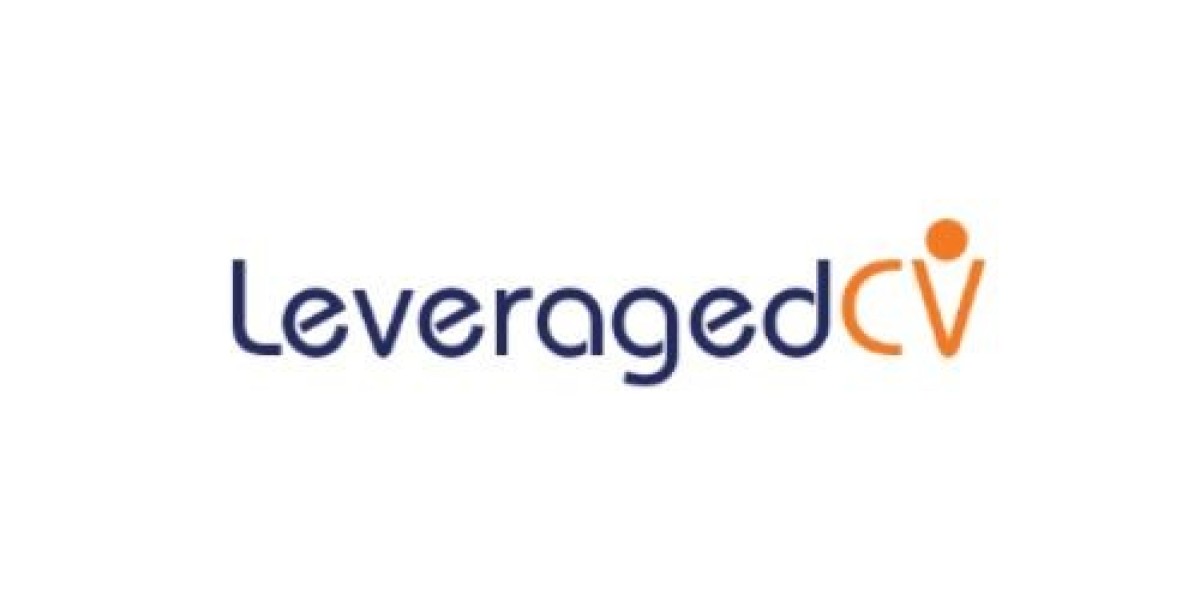Web development is an essential skill for university students pursuing careers in technology, design, or digital media. As you embark on your journey into web development, you might find yourself facing complex assignments and projects. In such cases, you might think about seeking Web Development assignment help to guide you through the intricacies of the field. This blog aims to provide a comprehensive overview of web development, from its fundamental building blocks to the latest modern frameworks, helping you understand the progression and application of web technologies.
The Basics of Web Development
Web development encompasses the process of creating websites and web applications. It involves a variety of technologies and practices, but at its core, it starts with the basic building blocks of the web:
HTML (HyperText Markup Language) HTML is the backbone of any website. It provides the structure of a web page by using tags to define elements such as headings, paragraphs, links, and images. HTML elements are the basic building blocks of web content, and learning to write clean, semantic HTML is crucial for creating well-structured web pages.
<!DOCTYPE html>
<html>
<head>
<title>My First Web Page</title>
</head>
<body>
<h1>Hello, World!</h1>
<p>This is a paragraph.</p>
</body>
</html>CSS (Cascading Style Sheets) CSS is used to style and layout web pages. It allows developers to apply colors, fonts, spacing, and layout designs to HTML elements. CSS enhances the visual appeal of a website and provides tools for creating responsive designs that adapt to different screen sizes.
body {
font-family: Arial, sans-serif;
background-color: #f0f0f0;
}
h1 {
color: #333;
}
p {
color: #666;
}JavaScript JavaScript is a programming language that adds interactivity and dynamic behavior to web pages. It enables developers to create interactive features like forms, animations, and real-time updates. JavaScript is essential for modern web development and integrates seamlessly with HTML and CSS.
document.addEventListener('DOMContentLoaded', () => {
const button = document.querySelector('button');
button.addEventListener('click', () => {
alert('Button clicked!');
});
});
From Static to Dynamic: The Evolution of Web Development
As web development has evolved, the need for more dynamic and interactive web applications has grown. This shift has led to the development of various technologies and frameworks that enhance the capabilities of traditional web development:
Client-Side vs. Server-Side Scripting
- Client-Side Scripting: JavaScript runs in the user's browser and is used to create interactive features. Frameworks like React and Vue.js have emerged to streamline and enhance client-side development.
- Server-Side Scripting: Server-side languages like PHP, Ruby, and Python handle backend operations such as data processing and database interactions. Technologies like Node.js have expanded JavaScript's role to the server side, allowing for full-stack development.
Modern JavaScript Frameworks
React: Developed by Facebook, React is a library for building user interfaces with a component-based architecture. It efficiently updates and renders components as data changes, making it popular for single-page applications (SPAs).
Vue.js: Vue.js is a progressive framework for building user interfaces. It is designed to be incrementally adoptable, allowing developers to integrate it into existing projects or use it to build new applications from scratch.
Angular: Developed by Google, Angular is a platform for building single-page client applications using HTML and TypeScript. It provides a comprehensive framework with powerful tools for building scalable and maintainable web applications.
Backend Frameworks and Technologies
Node.js: Node.js is a runtime environment that allows JavaScript to be used for server-side development. It uses an event-driven, non-blocking I/O model, making it efficient for handling concurrent requests.
Express.js: Express.js is a minimal and flexible Node.js web application framework that provides a robust set of features for building web and mobile applications.
Django: Django is a high-level Python web framework that encourages rapid development and clean, pragmatic design. It includes many built-in features like an ORM, authentication, and an admin interface.
Ruby on Rails: Ruby on Rails is a server-side web application framework written in Ruby. It follows the convention over configuration (CoC) and don't repeat yourself (DRY) principles, which streamline the development process.
Best Practices for Modern Web Development
Responsive Design Ensure your web applications are accessible and functional across various devices and screen sizes. Use responsive design techniques, such as media queries and flexible grid layouts, to adapt your site’s layout to different devices.
Performance Optimization Optimize your web applications for speed and efficiency by minimizing file sizes, using caching strategies, and optimizing images. Tools like Google Lighthouse can help you analyze and improve performance.
Security Considerations Implement security best practices to protect your web applications from vulnerabilities such as cross-site scripting (XSS) and SQL injection. Use HTTPS to encrypt data transmitted between the client and server, and validate user input to prevent malicious attacks.
Version Control Use version control systems like Git to manage changes to your codebase and collaborate with other developers. Platforms like GitHub and GitLab provide hosting for version control repositories and facilitate team collaboration.
Resources for Learning and Practice
Online Courses and Tutorials Platforms like Coursera, Udemy, and freeCodeCamp offer courses and tutorials on various aspects of web development, from beginner to advanced levels.
Documentation and Community Forums Read official documentation for frameworks and libraries you are using. Participate in community forums and discussions to seek advice, share knowledge, and learn from others.
Project-Based Learning Build your own projects to apply what you've learned. Create personal websites, web applications, or contribute to open-source projects to gain practical experience and showcase your skills.
Conclusion
Web development is a dynamic and evolving field that offers numerous opportunities for creativity and technical expertise. From mastering the basics of HTML, CSS, and JavaScript to exploring modern frameworks and best practices, university students have the chance to build robust and innovative web applications. As you navigate your coursework and projects, remember that seeking Web Development assignment help can provide valuable support and guidance. Embrace the journey of web development, and continue to learn and adapt to new technologies and practices.







